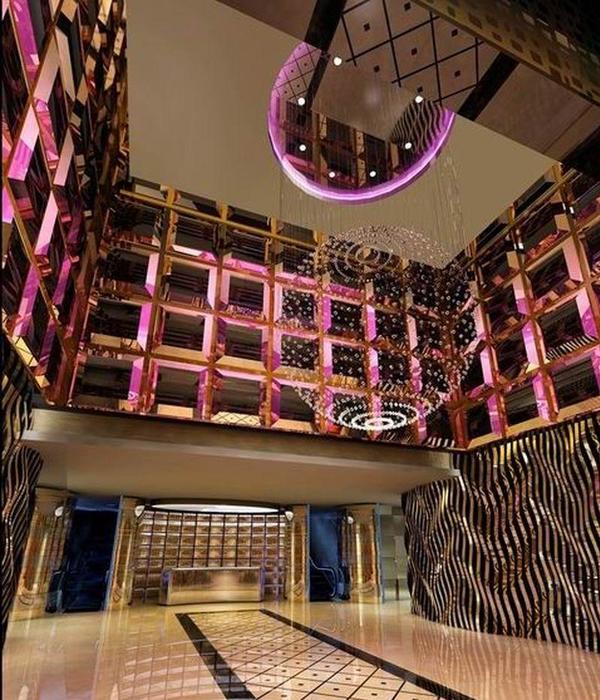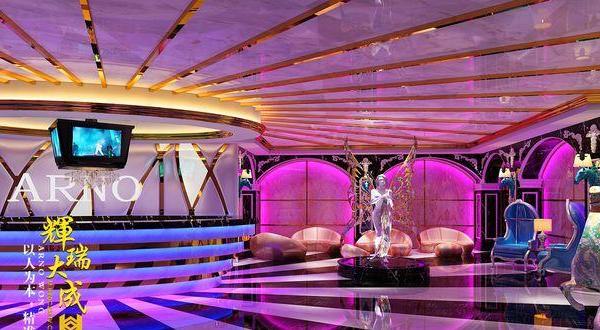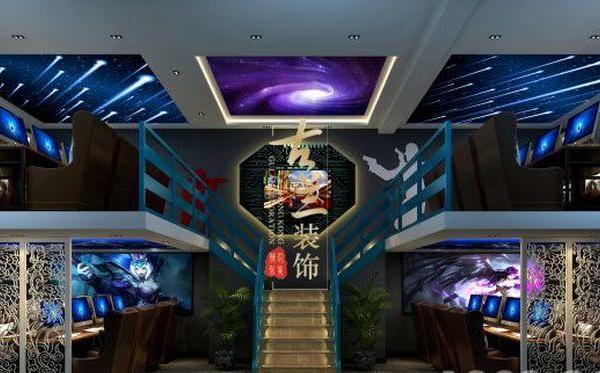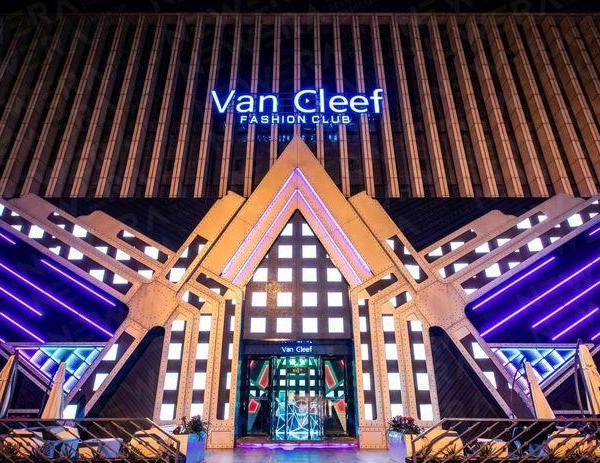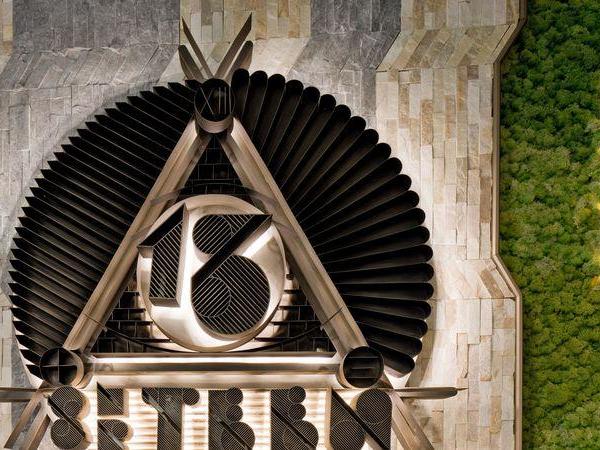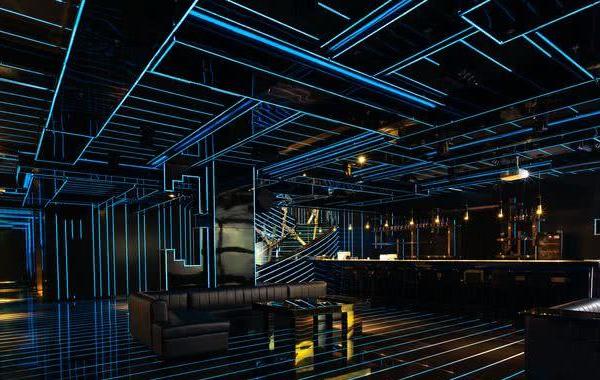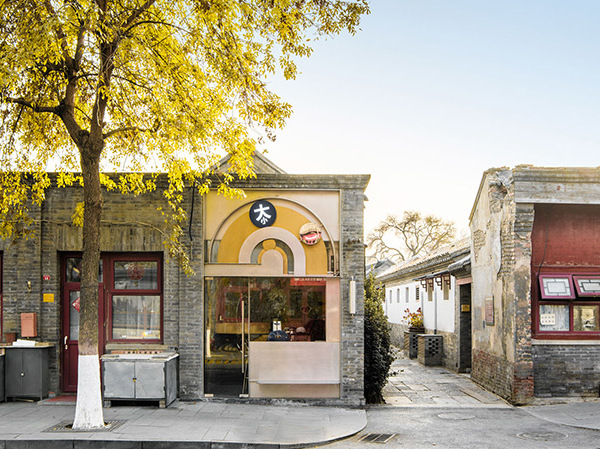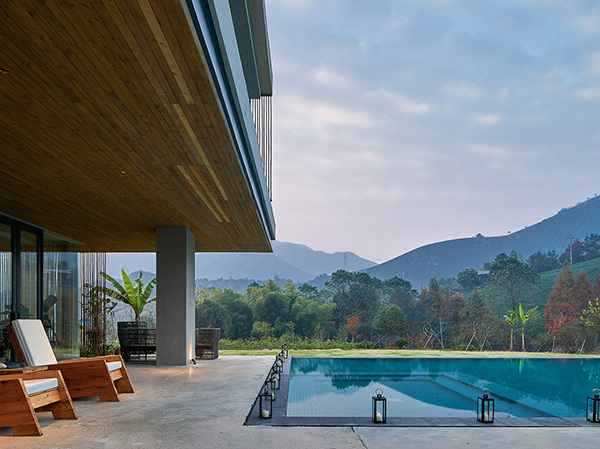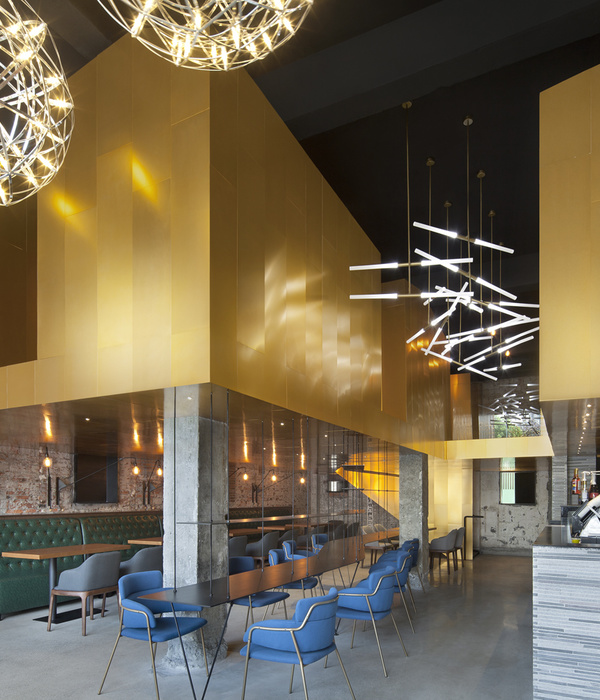The original neoclassical-style ‘Rixdorfer Gesellschaftshaus’ (Rixdorf Society House) building was erected in 1908. Two years later, the ‘Excelsior Lichtspielhaus’ cinema opened on the first floor in a space originally intended to be a theatre auditorium. After its closure in 1968, the cinema was used as a furniture storage space, amongst other things. At the end of the 1980s, the Yorck Kinogruppe (Yorck Cinema Group) took over the building, which was now under a preservation order. They restored the large main auditorium to its former historical glory and called it the ‘Passage Kino’.
BATEK ARCHITEKTEN also designed the interiors of the Kino Delphi Lux cinema for the same client. But whereas with the Delphi Lux the architects had a newly-built space to play with, the task with the Passage cinema – as with the Blauer Stern, another old Berlin repertory cinema they restored and updated – was to let the beauty of the existing space shine once again whilst adapting it to the requirements of a contemporary cinema audience.
The aesthetic of the building complex is defined by the shape of the large arched windows of the façade. BATEK ARCHITEKTEN picked up on this dominant repeating form in their design of their new bar for the foyer. The natural tones of the colour scheme follow the earthy reddish-brown colour of the original preserved linoleum flooring in the foyer. This colour palette is complemented with the surprising addition of a pistachio- green coat for the arched foyer bar, balanced by a pale natural cork covering on the other cupboard fixtures to its left, which conceal the drinks storage and staff room spaces. The cork covering allows for the hanging of posters and notices on the large flat doors.
In a resource-conservative approach, part of the original Corten steel cladding of the previous bar has been upcycled and reinstalled as panelling, edging and fitting elements. The original brass light fittings and wonderful historic plaster mouldings were also restored and remain an important part of the new overall concept.
New podiums were installed in the cinema’s two smaller auditoriums to allow for optimal visibility. Although the aesthetic interventions here were more fundamental, they still remain true to the charm of the classic cinema experience. The walls of one screening room are clad in sumptuous folds of dark Prussian blue fabric which contrasts with the warm glow of the yellow-upholstered seating rows. The other screening room is an interpretation of the classic cinema interior with a range of reds from rust to crimson covering walls and seating alike with long vertical strips of light at regular intervals along the side walls.
Just as the ground floor of this neoclassical building functions as a connecting passage way between Karl-Marx-Strasse and Richardstrasse in Berlin’s Neukölln, from which the cinema gets its name, BATEK ARCHITEKTEN have created a connection between the glamour of one of Berlin’s oldest cinemas and the cinema experience of the here and now with their thought-out and sophisticated interventions.
Team: Anke Müller, Patrick Batek
{{item.text_origin}}

